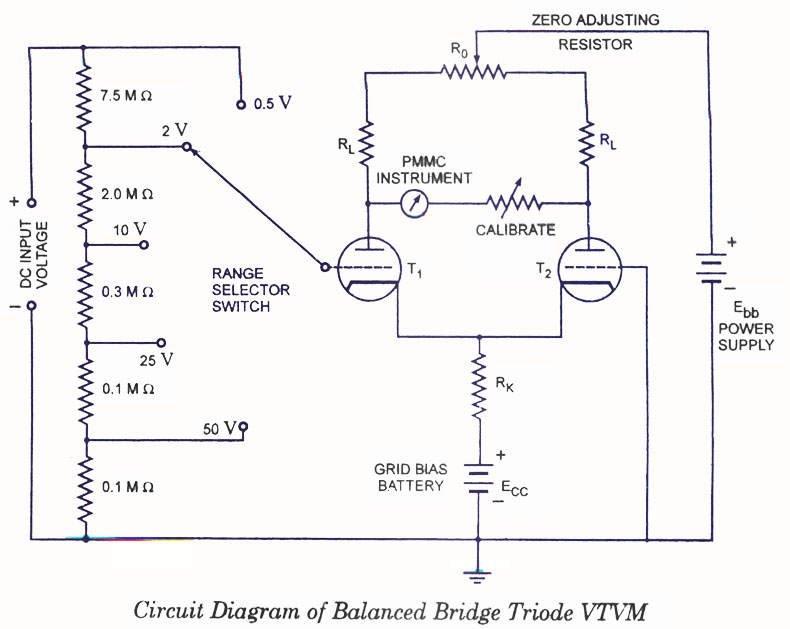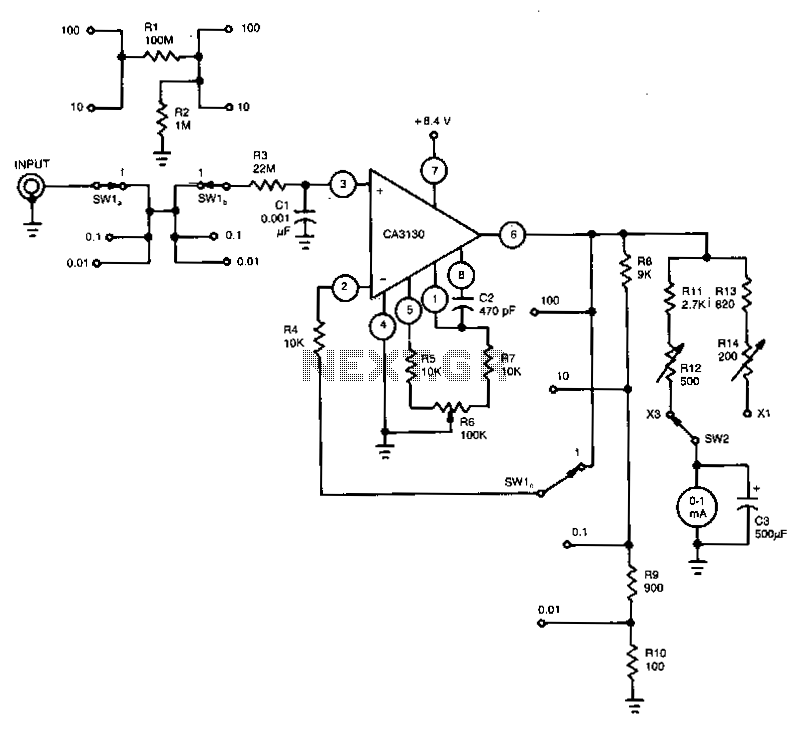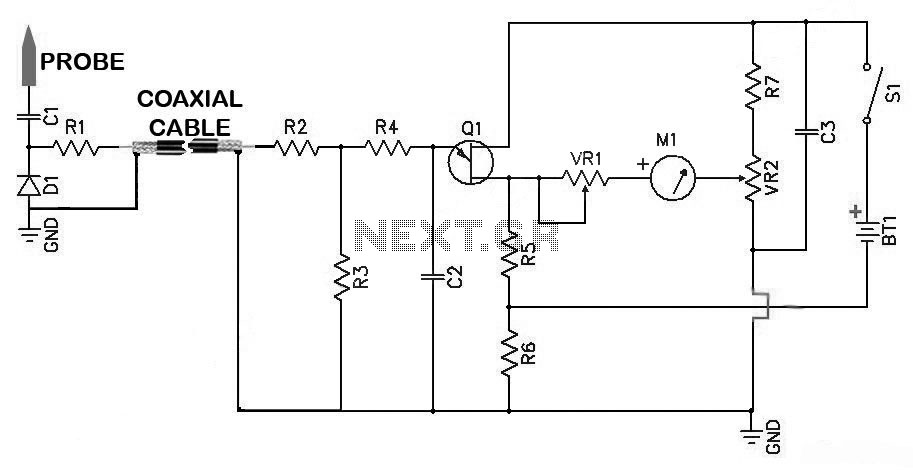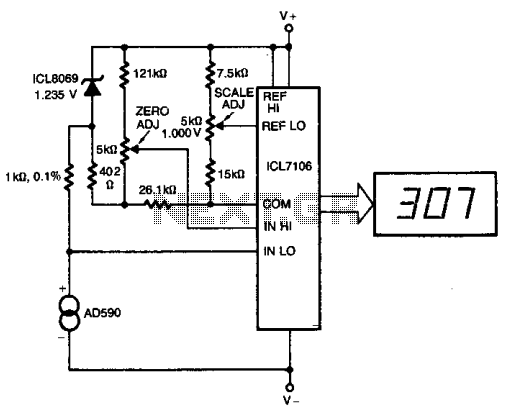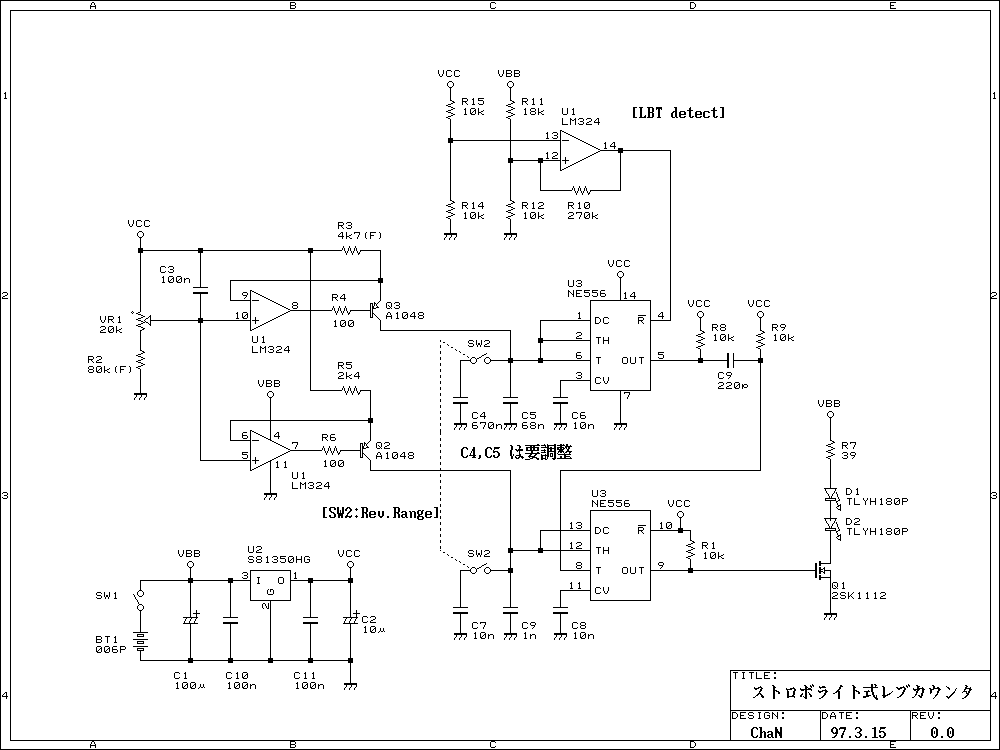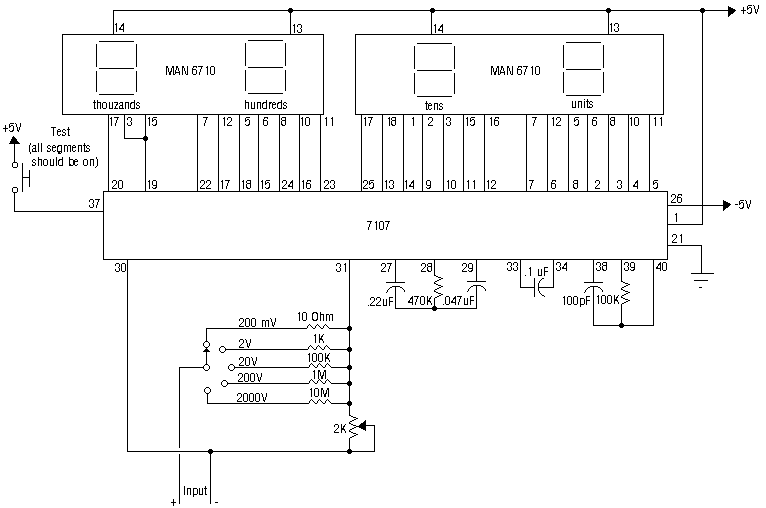
Capacitance meter
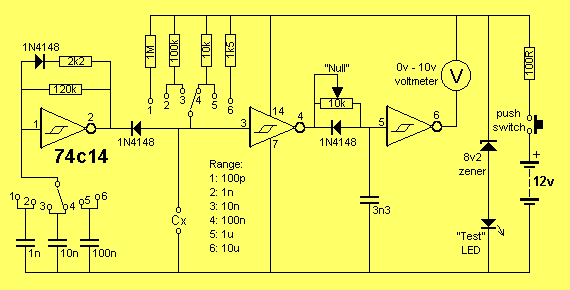
This project is exactly what you need. It is simple to construct and can be connected to almost any analogue multimeter. The scales are accurate over each range - certainly good enough to provide you with the value of any capacitor between 1p and 10u. The actual accuracy depends on the tolerance of the components used in the design and since we have used 10% components, you can assume this accuracy for any of the readings you take. It is interesting to note that the actual value of a capacitor is not important for most applications. More: Coupling capacitors can be +/-50% without affecting performance, as can bypass capacitors. About the only types that have to be accurate are tuning capacitors and those in oscillators, and then there is usually a trimmer cap or slug tuned coil that can be.
This project involves the construction of a capacitor measurement circuit compatible with analogue multimeters. The circuit is designed to measure capacitance values ranging from 1 picofarad (pF) to 10 microfarads (µF). The simplicity of the design allows for easy assembly, making it accessible for both novice and experienced electronics enthusiasts.
The circuit's accuracy is influenced by the tolerance of the components utilized in its construction. In this case, 10% tolerance components have been specified, which means that the readings obtained from the circuit can be expected to have a corresponding accuracy of ±10%. This level of precision is generally sufficient for many applications, particularly those where exact capacitance values are not critical.
Capacitors play various roles in electronic circuits, including coupling and bypass functions. It is noted that coupling capacitors can have tolerances as high as ±50% without significantly impacting the overall performance of the circuit. Bypass capacitors share a similar tolerance range. However, certain applications, such as tuning circuits and oscillators, require more precise capacitance values. In these cases, the use of trimmer capacitors or adjustable coils is common practice to achieve the necessary tuning accuracy.
The measurement circuit can be connected directly to an analogue multimeter, which will display the capacitance value based on the circuit's design. This feature makes the project versatile, as it can be used with various multimeter models, enhancing its usability in different testing scenarios. Overall, the project serves as a practical tool for anyone needing to measure capacitance within the specified range, while also providing insights into the tolerances and applications of different types of capacitors in electronic circuits.This project is exactly what you need. It is simple to construct and can be connected to almost any analogue multimeter. The scales are accurate over each range - certainly good enough to provide you with the value of any capacitor between 1p and 10u. The actual accuracy depends on the tolerance of the components used in the design and since we have used 10% components, you can assume this accuracy for any of the readings you take.
It is interesting to note that the actual value of a capacitor is not important for most applications. Coupling capacitors can be +/-50% without affecting performance, as can bypass capacitors. About the only types that have to be accurate are tuning capacitors and those in oscillators, and then there is usually a trimmer cap or slug tuned coil that can be 🔗 External reference
This project involves the construction of a capacitor measurement circuit compatible with analogue multimeters. The circuit is designed to measure capacitance values ranging from 1 picofarad (pF) to 10 microfarads (µF). The simplicity of the design allows for easy assembly, making it accessible for both novice and experienced electronics enthusiasts.
The circuit's accuracy is influenced by the tolerance of the components utilized in its construction. In this case, 10% tolerance components have been specified, which means that the readings obtained from the circuit can be expected to have a corresponding accuracy of ±10%. This level of precision is generally sufficient for many applications, particularly those where exact capacitance values are not critical.
Capacitors play various roles in electronic circuits, including coupling and bypass functions. It is noted that coupling capacitors can have tolerances as high as ±50% without significantly impacting the overall performance of the circuit. Bypass capacitors share a similar tolerance range. However, certain applications, such as tuning circuits and oscillators, require more precise capacitance values. In these cases, the use of trimmer capacitors or adjustable coils is common practice to achieve the necessary tuning accuracy.
The measurement circuit can be connected directly to an analogue multimeter, which will display the capacitance value based on the circuit's design. This feature makes the project versatile, as it can be used with various multimeter models, enhancing its usability in different testing scenarios. Overall, the project serves as a practical tool for anyone needing to measure capacitance within the specified range, while also providing insights into the tolerances and applications of different types of capacitors in electronic circuits.This project is exactly what you need. It is simple to construct and can be connected to almost any analogue multimeter. The scales are accurate over each range - certainly good enough to provide you with the value of any capacitor between 1p and 10u. The actual accuracy depends on the tolerance of the components used in the design and since we have used 10% components, you can assume this accuracy for any of the readings you take.
It is interesting to note that the actual value of a capacitor is not important for most applications. Coupling capacitors can be +/-50% without affecting performance, as can bypass capacitors. About the only types that have to be accurate are tuning capacitors and those in oscillators, and then there is usually a trimmer cap or slug tuned coil that can be 🔗 External reference
